Fauna
The magnificent wildlife of Central Australia...
If wildlife is what you like, then the arid centre of Central Australia is full of an amazing range of creatures. Whilst some are visible like the birds of prey hovering above and the impressive adult Perentie (Australia’s largest species of reptile), others are tiny living animals and insects that you could walk pass without noticing them.
Whilst many visitors here register their pleasure at seeing reptiles and other animals in the wild, for some an even bigger draw card are is the abundant bird life. Alice Springs and Central Australia is a magnet for bird lovers, being home to many inland species not seen on the coast, as well as the destination for a number of migratory birds, and the occasional unusual bird turning up in the ‘red centre’, having been either blown off-course or taking a wrong turn…
If you want to have a close up experience of some of the wildlife and fauna of the region, check out places like the Alice Springs Desert Park, Alice Springs Reptile Centre and Olive Pink Botanic Garden. There are of course many other parks and reserves that the tourist can visit, contact our Alice Springs Visitor Centre for more information.
Information and images provided courtesy of Ausemade Pty Ltd
Check out their various content including Flora and Fauna, Snapshots Birds of a Feather (about bird sightings in Central Australia), and Alice Springs.
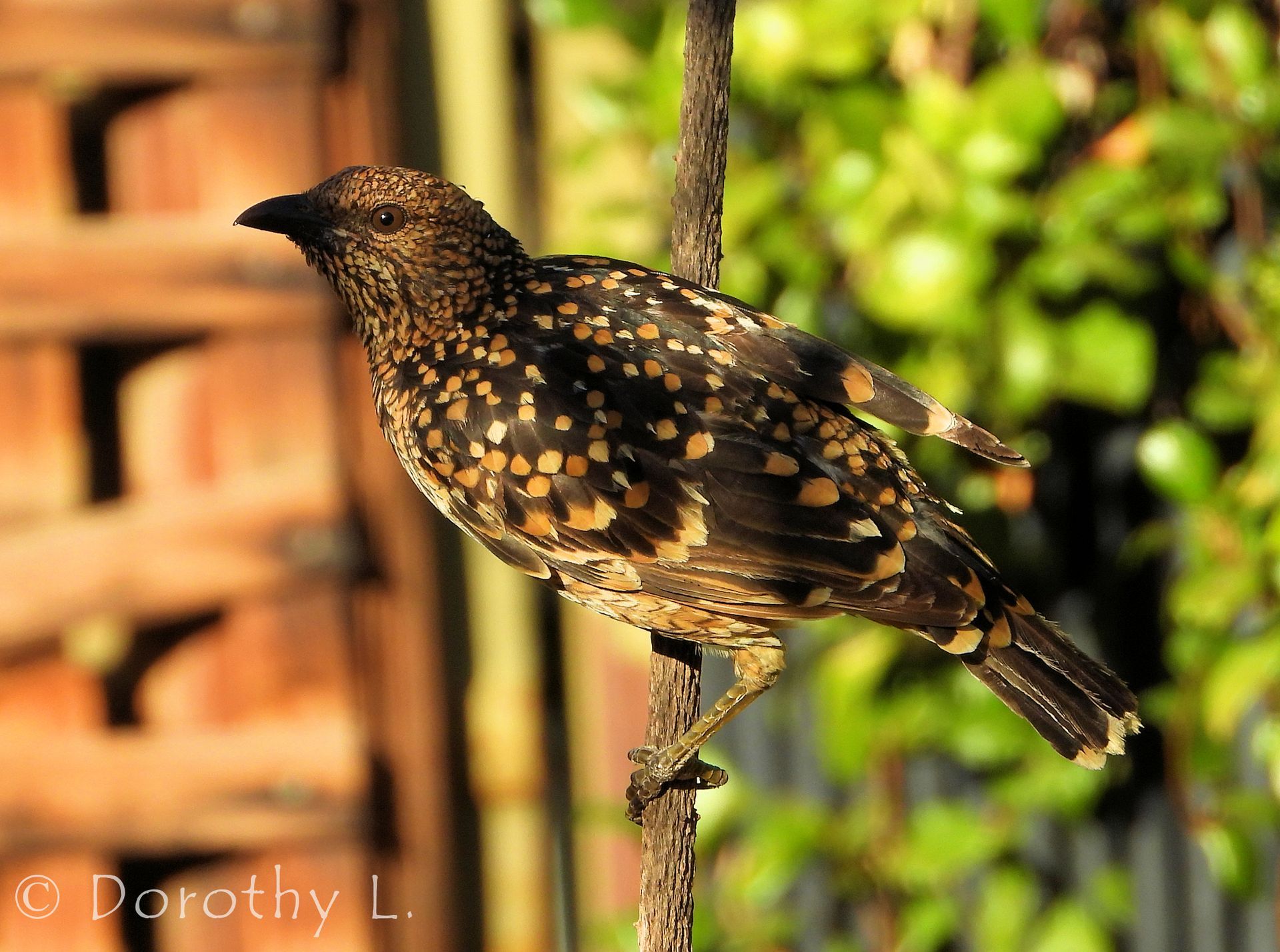
Slide title
Write your caption hereButton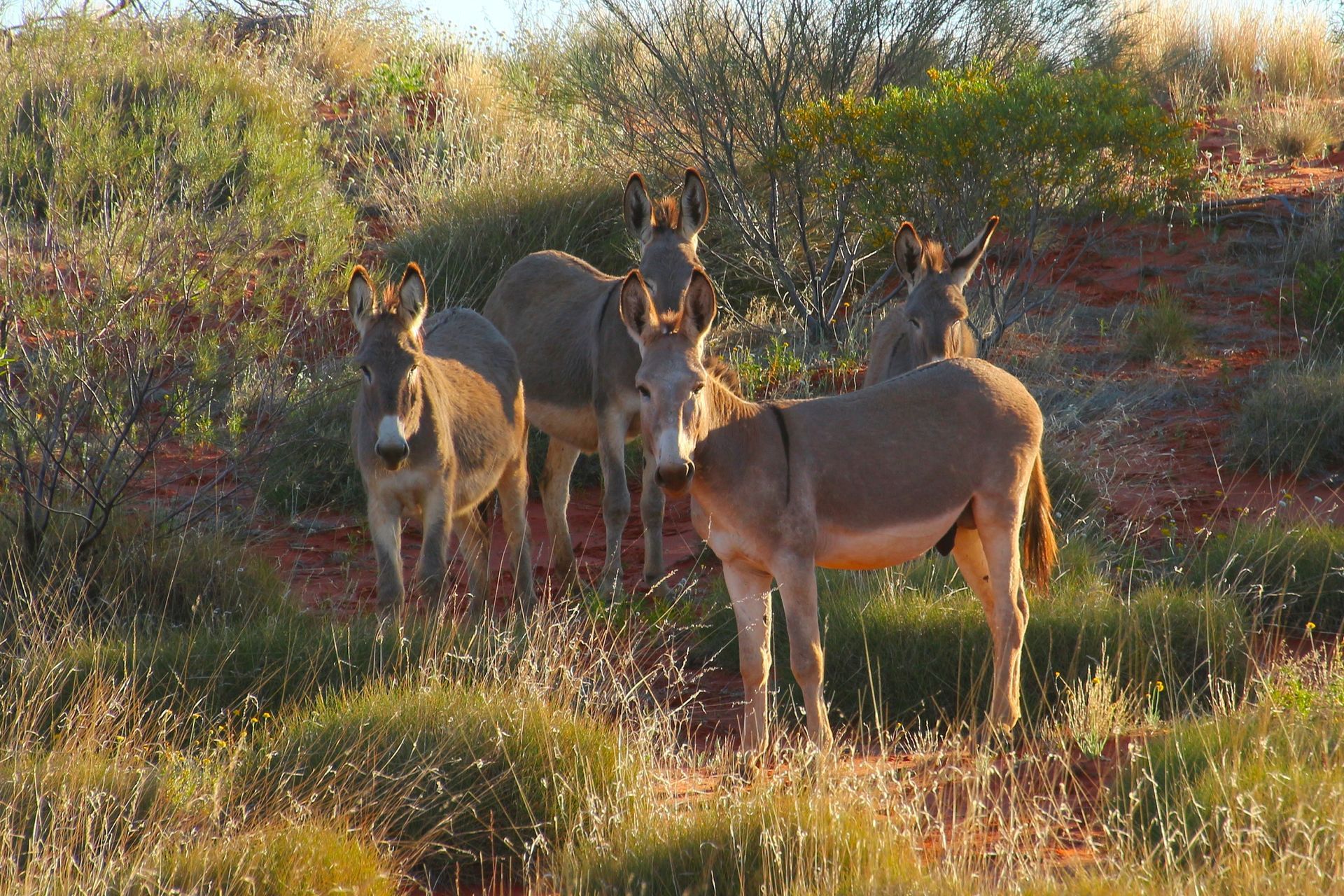
Slide title
Write your caption hereButton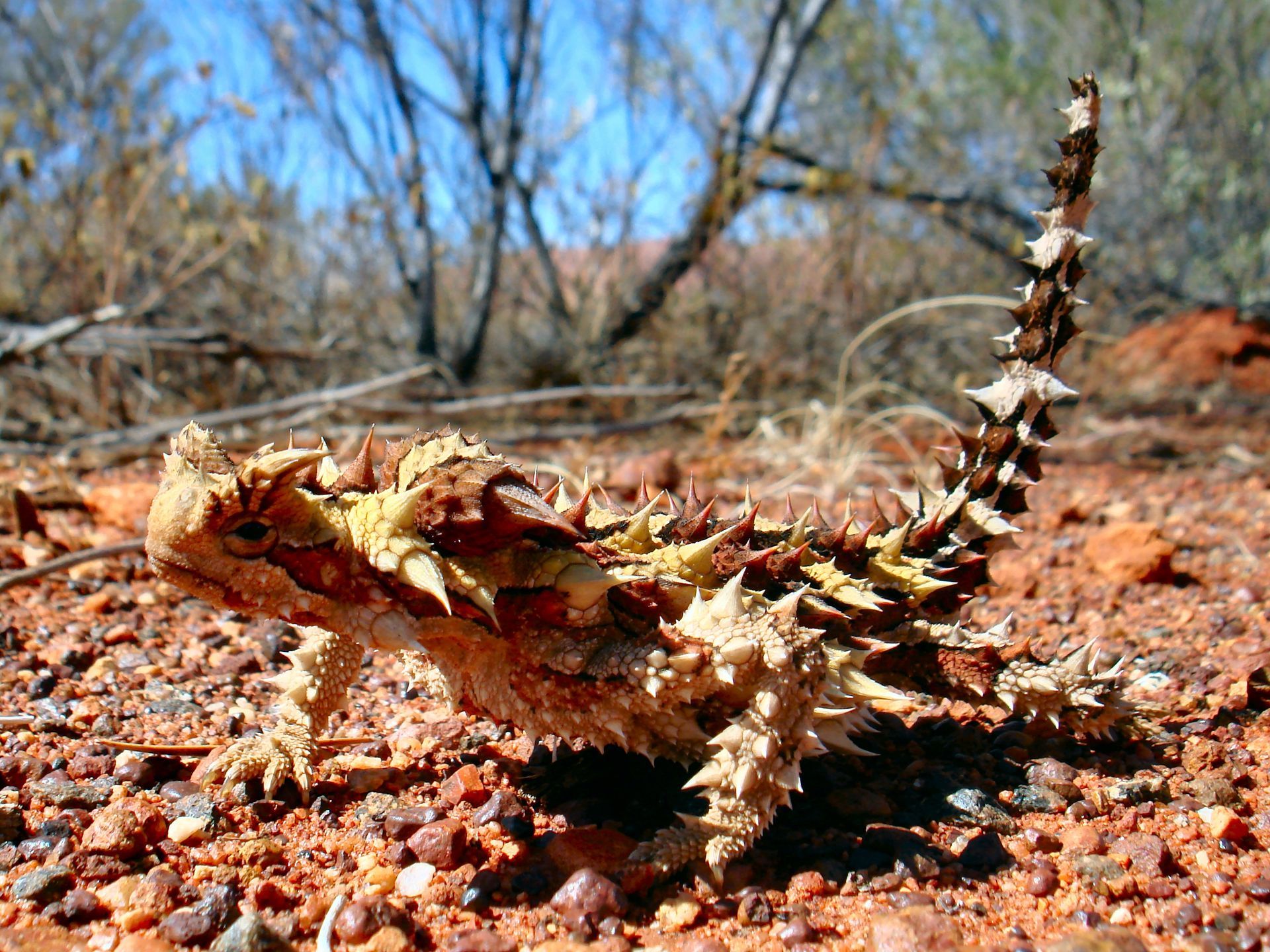
Slide title
Write your caption hereButton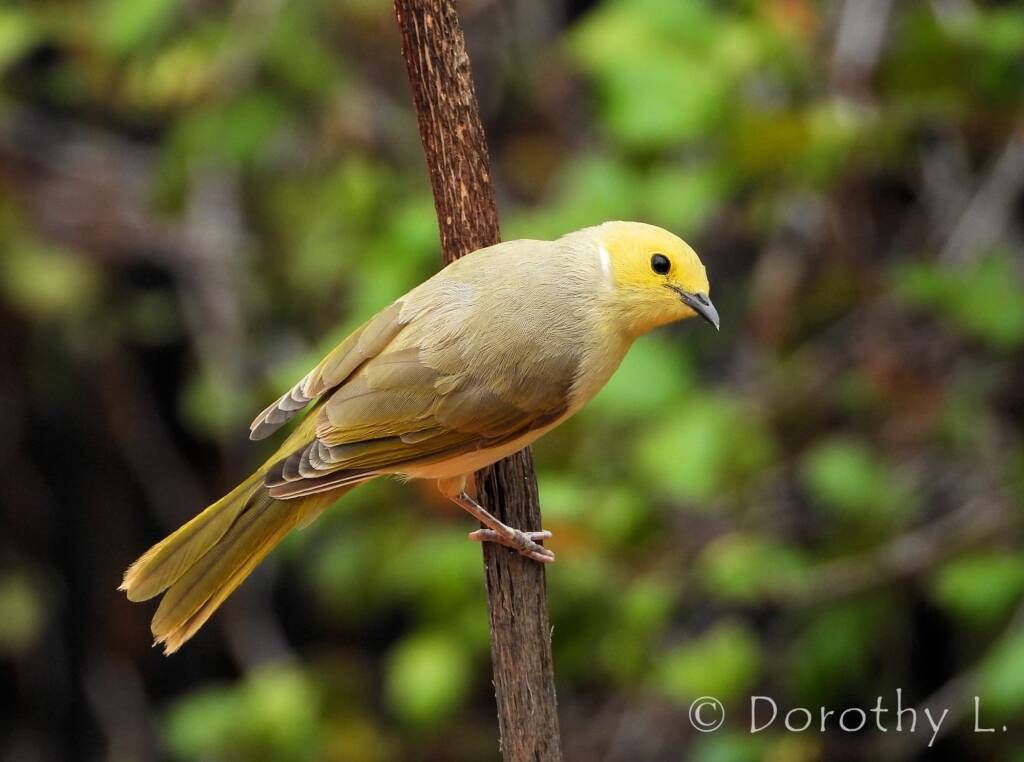
Slide title
Write your caption hereButton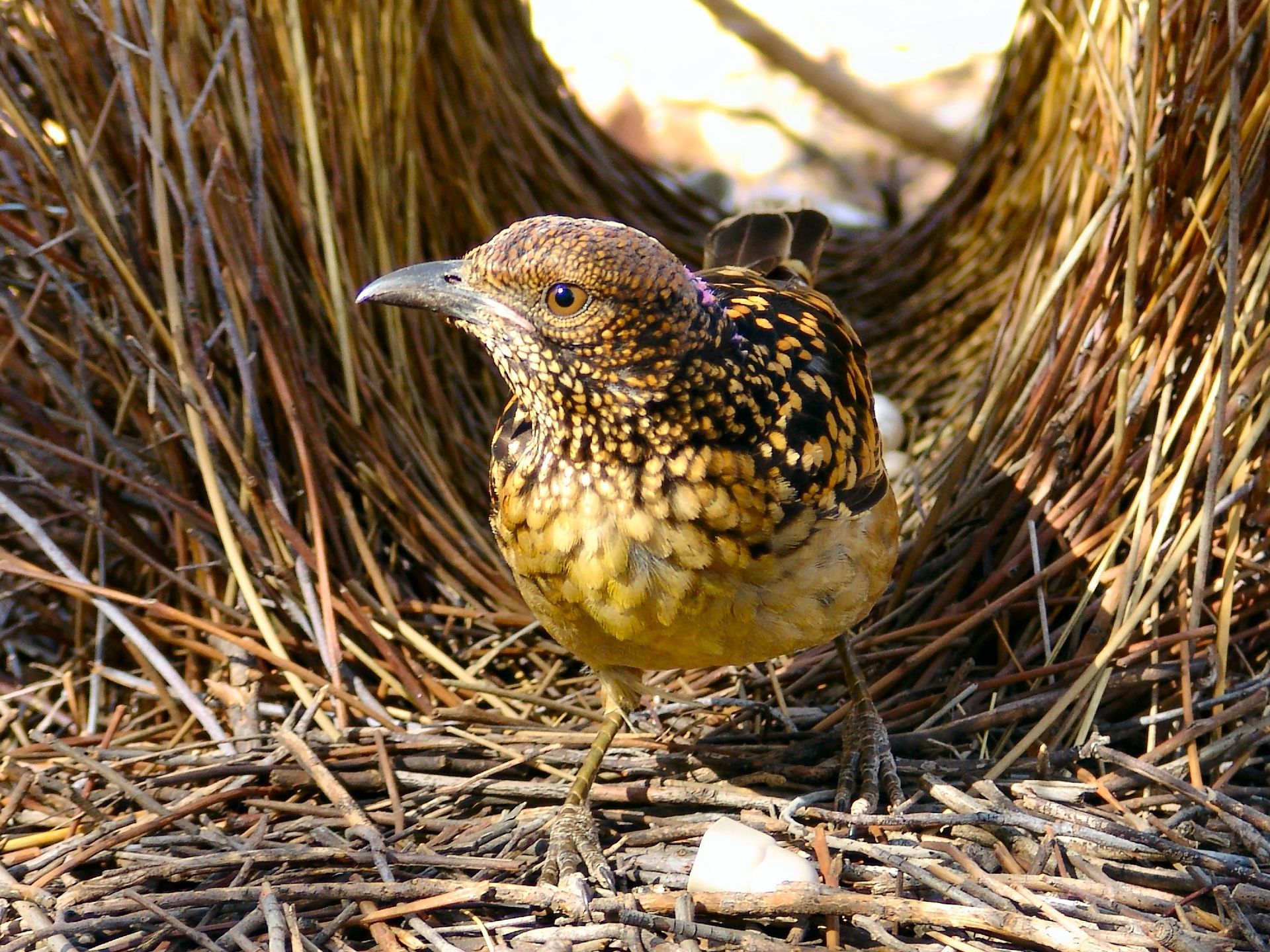
Slide title
Write your caption hereButton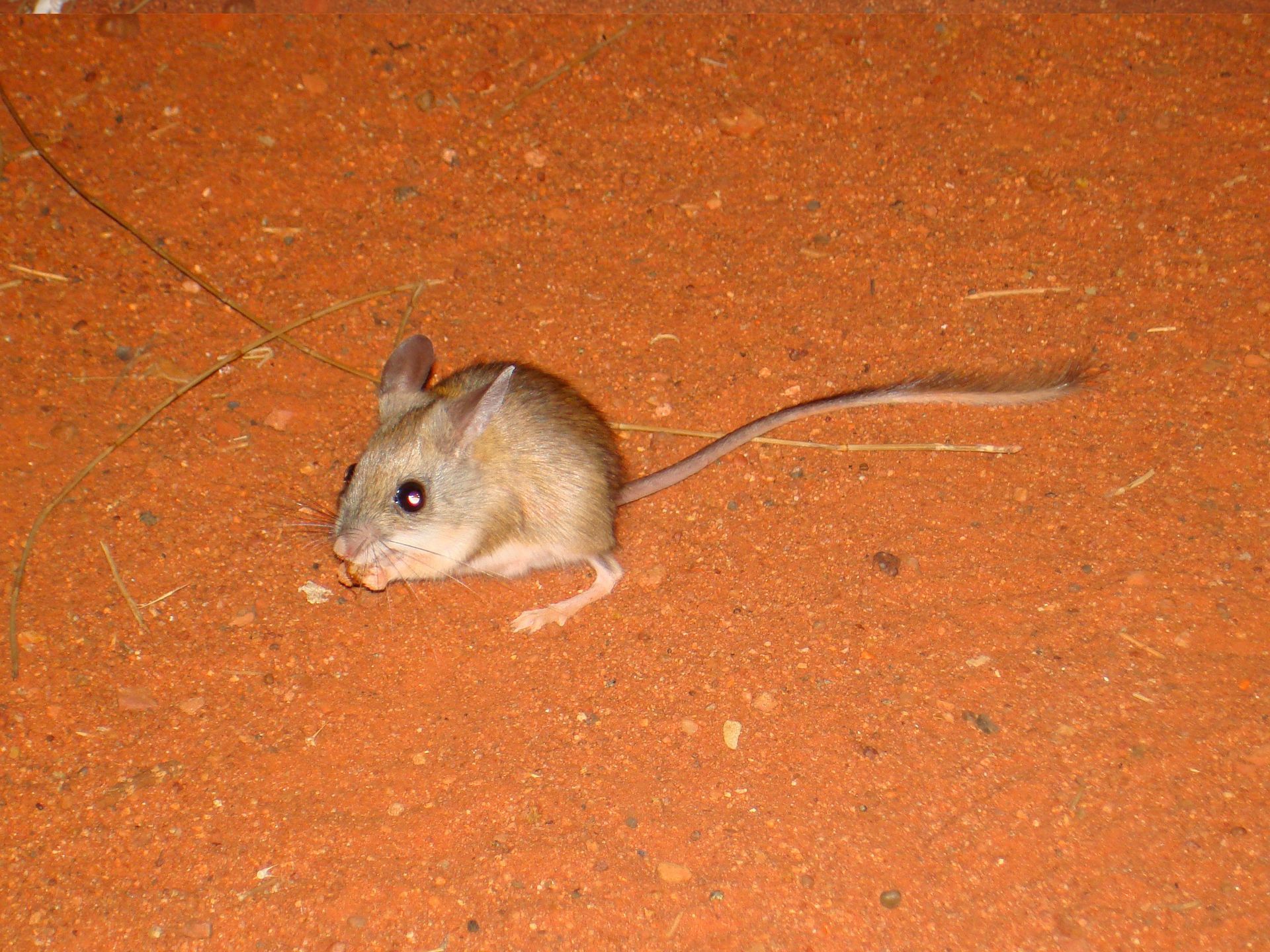
Slide title
Write your caption hereButton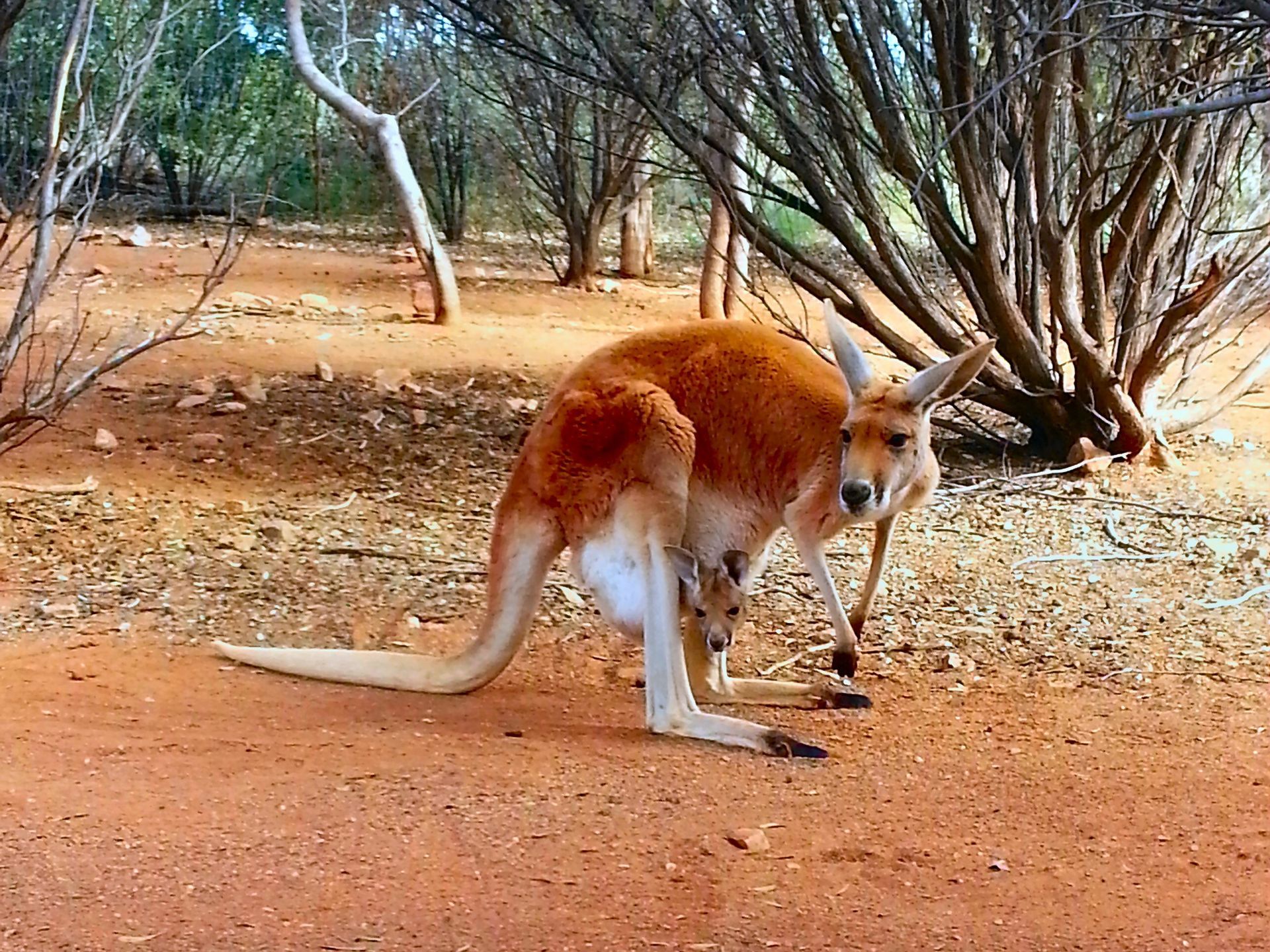
Slide title
Write your caption hereButton
Slide title
Write your caption hereButton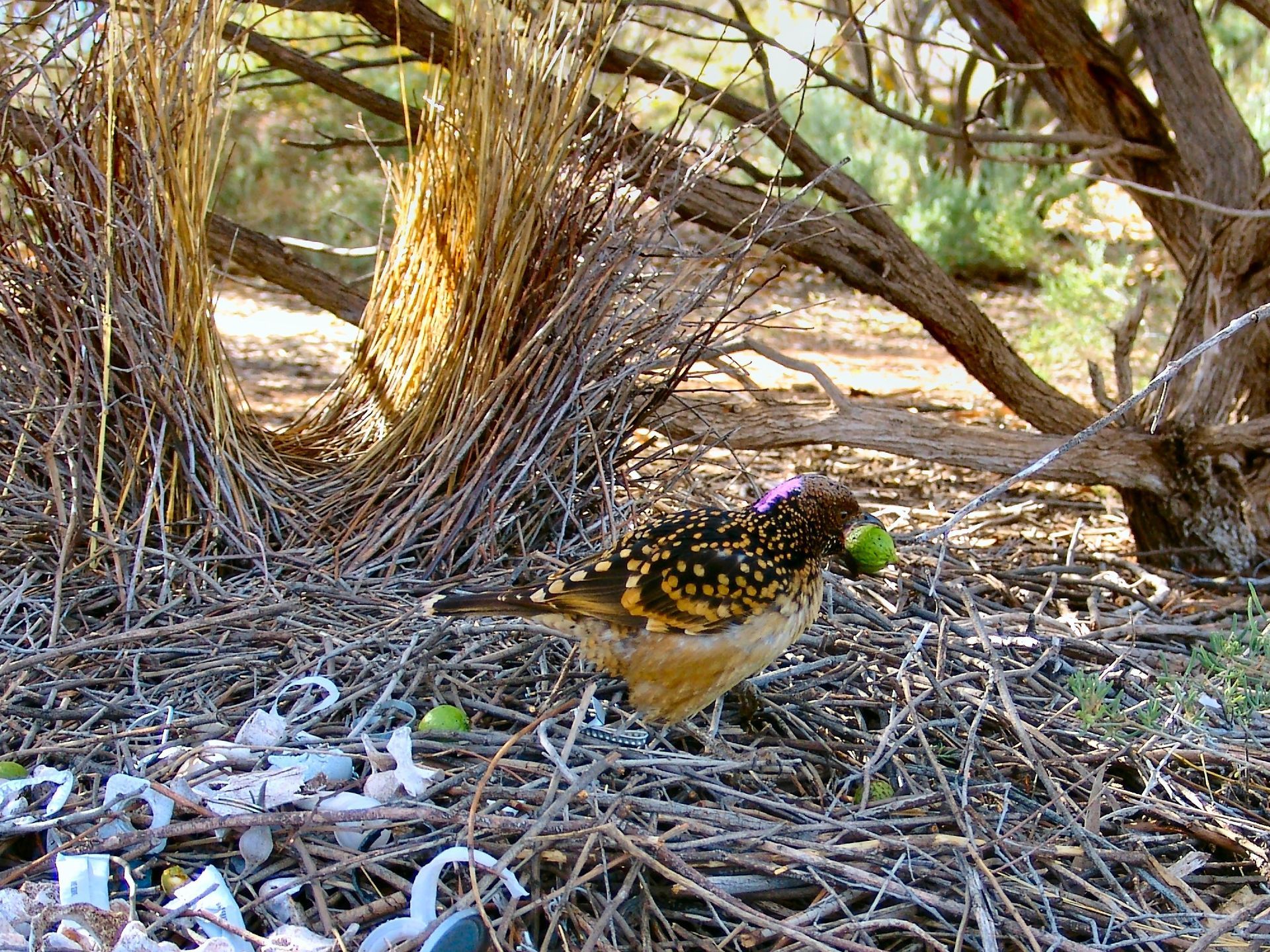
Slide title
Write your caption hereButton
Slide title
Write your caption hereButton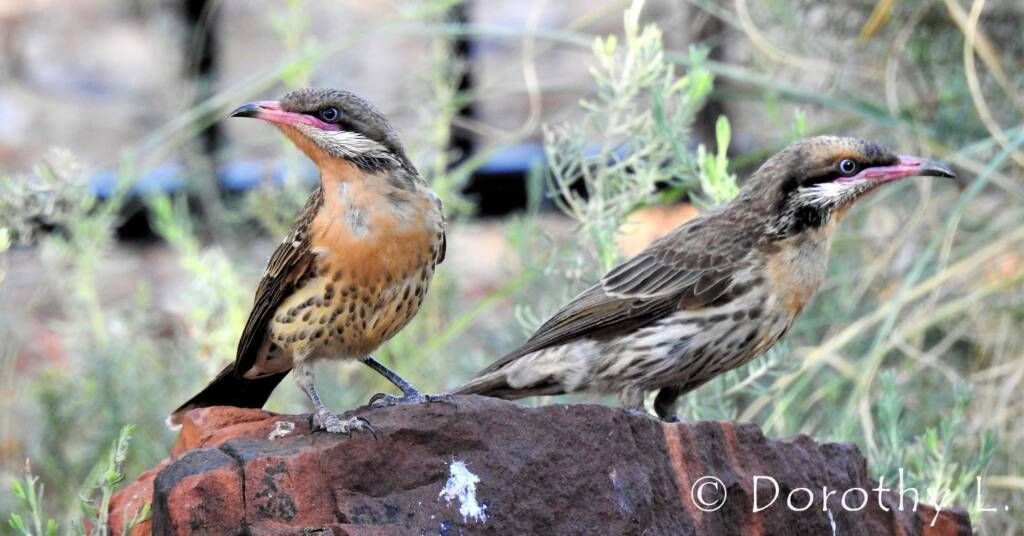
Slide title
Write your caption hereButton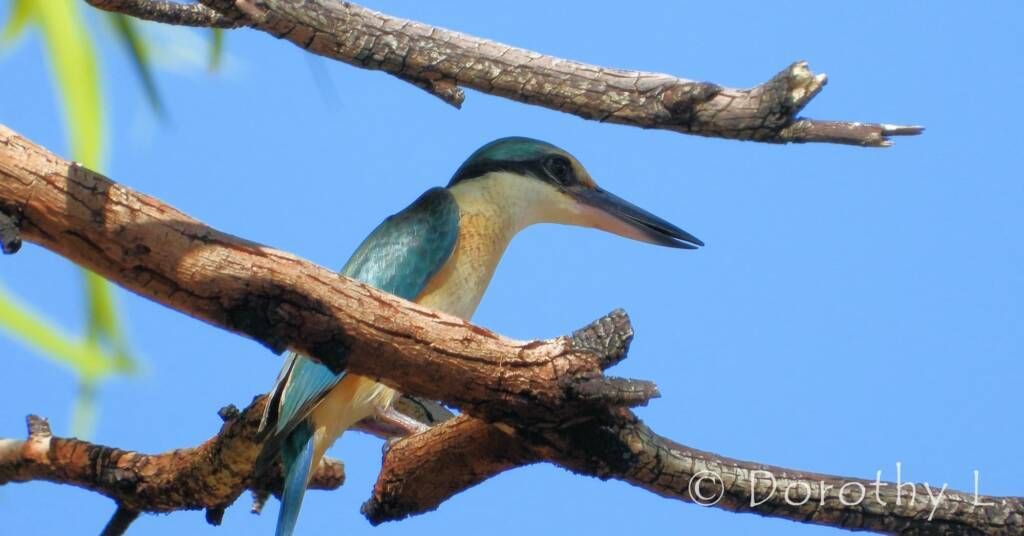
Slide title
Write your caption hereButton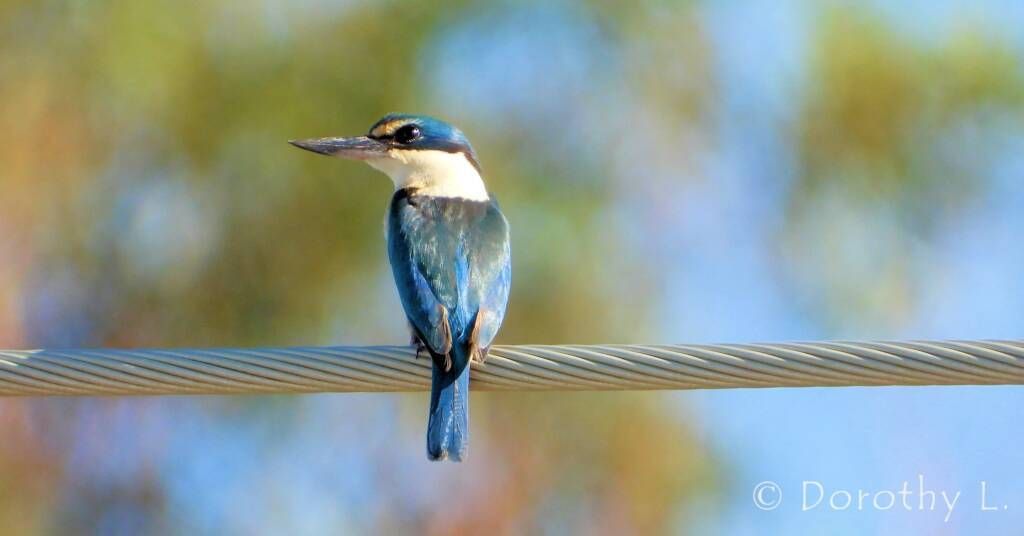
Slide title
Write your caption hereButton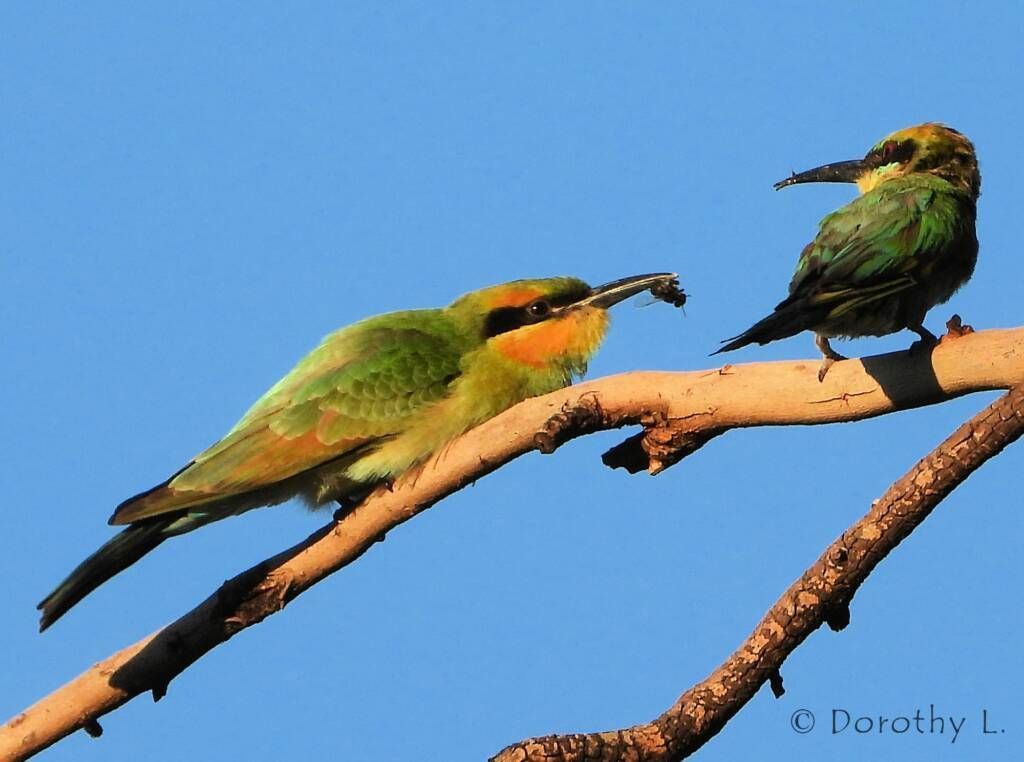
Slide title
Write your caption hereButton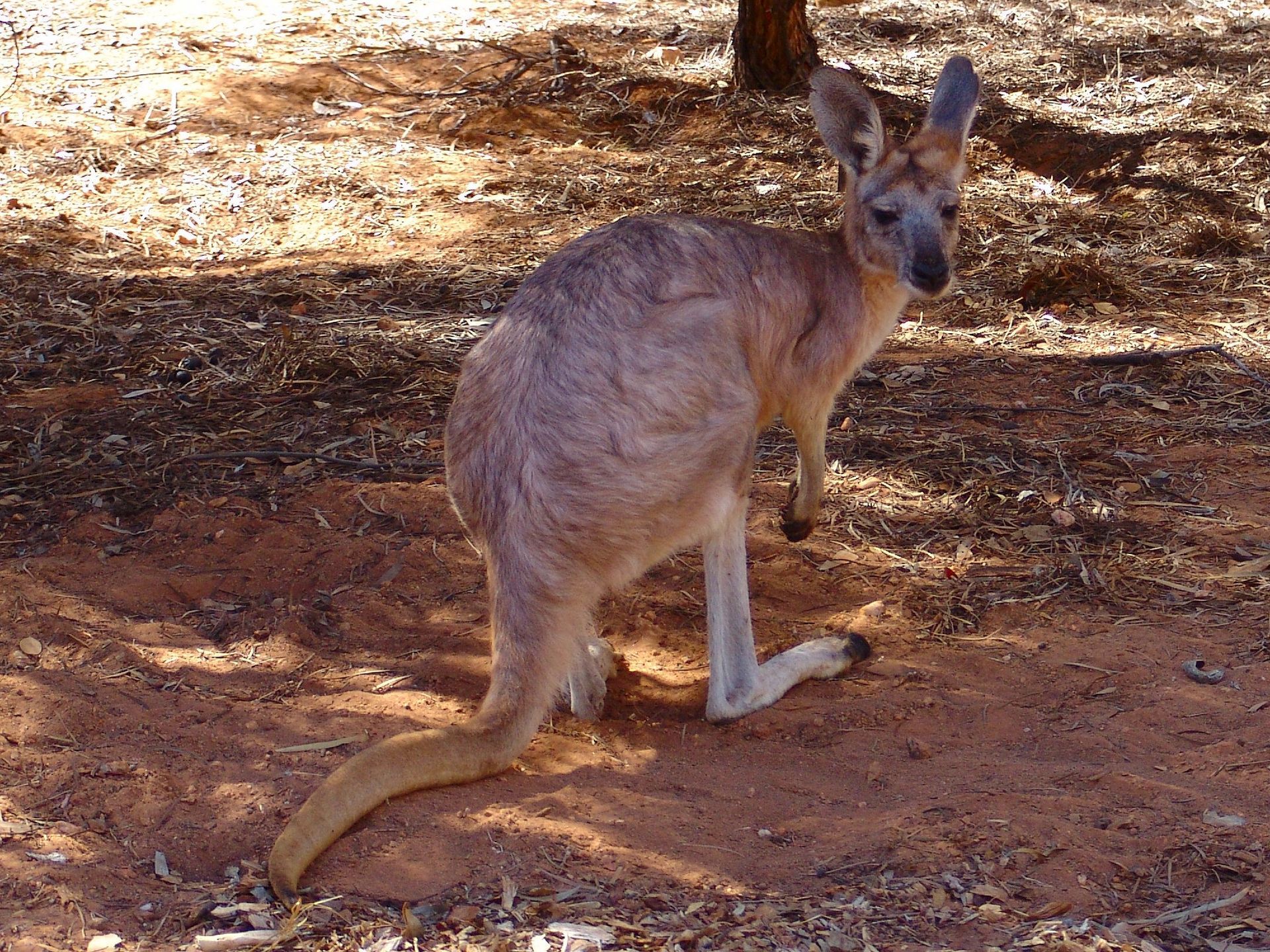
Slide title
Write your caption hereButton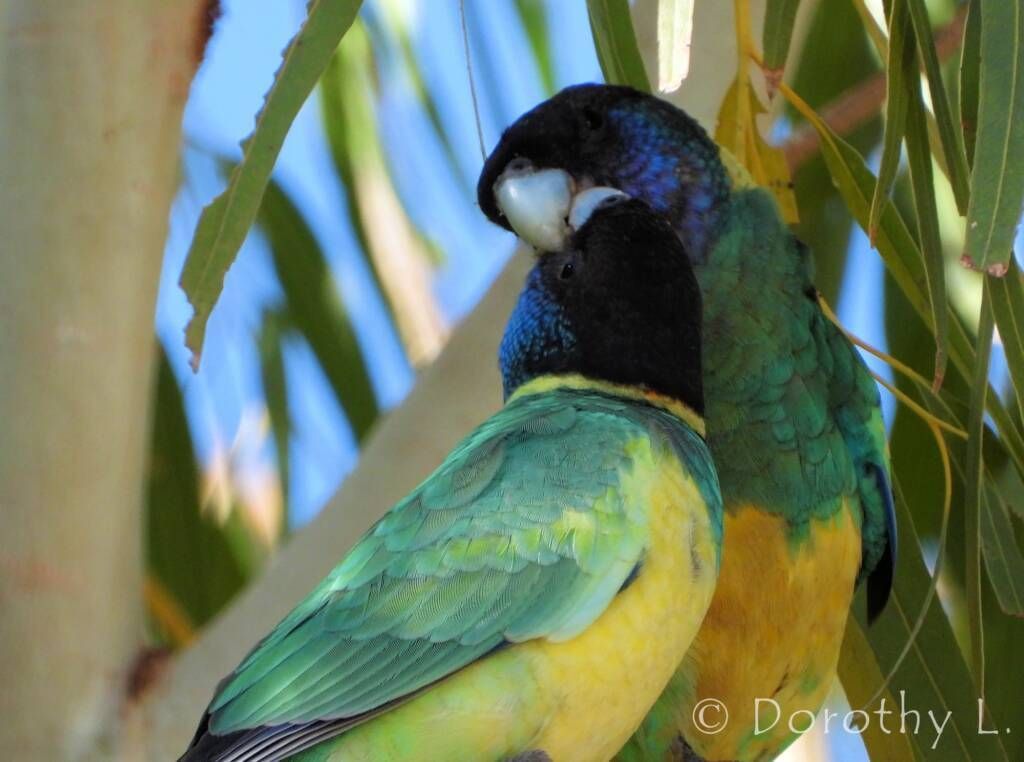
Slide title
Write your caption hereButton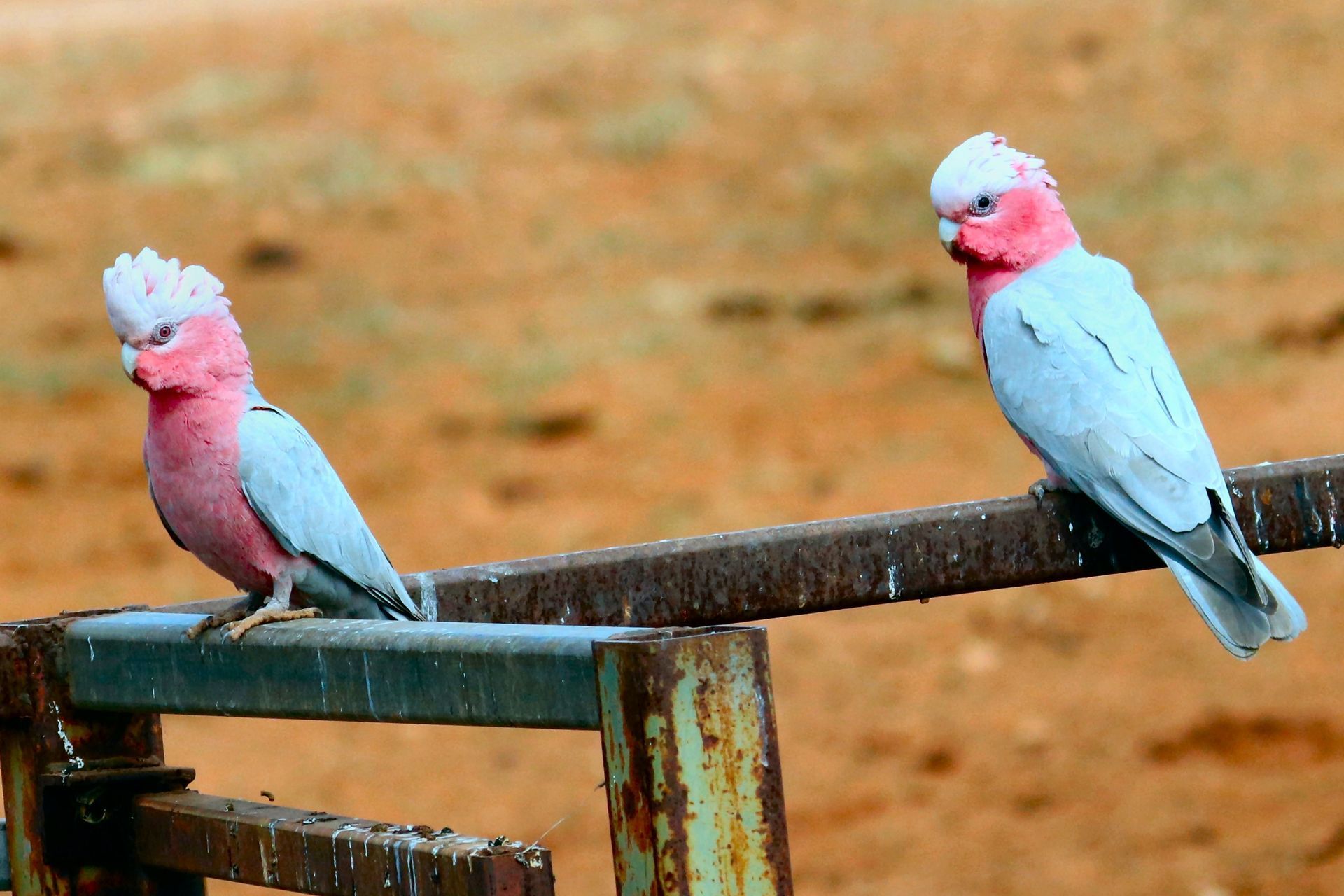
Slide title
Write your caption hereButton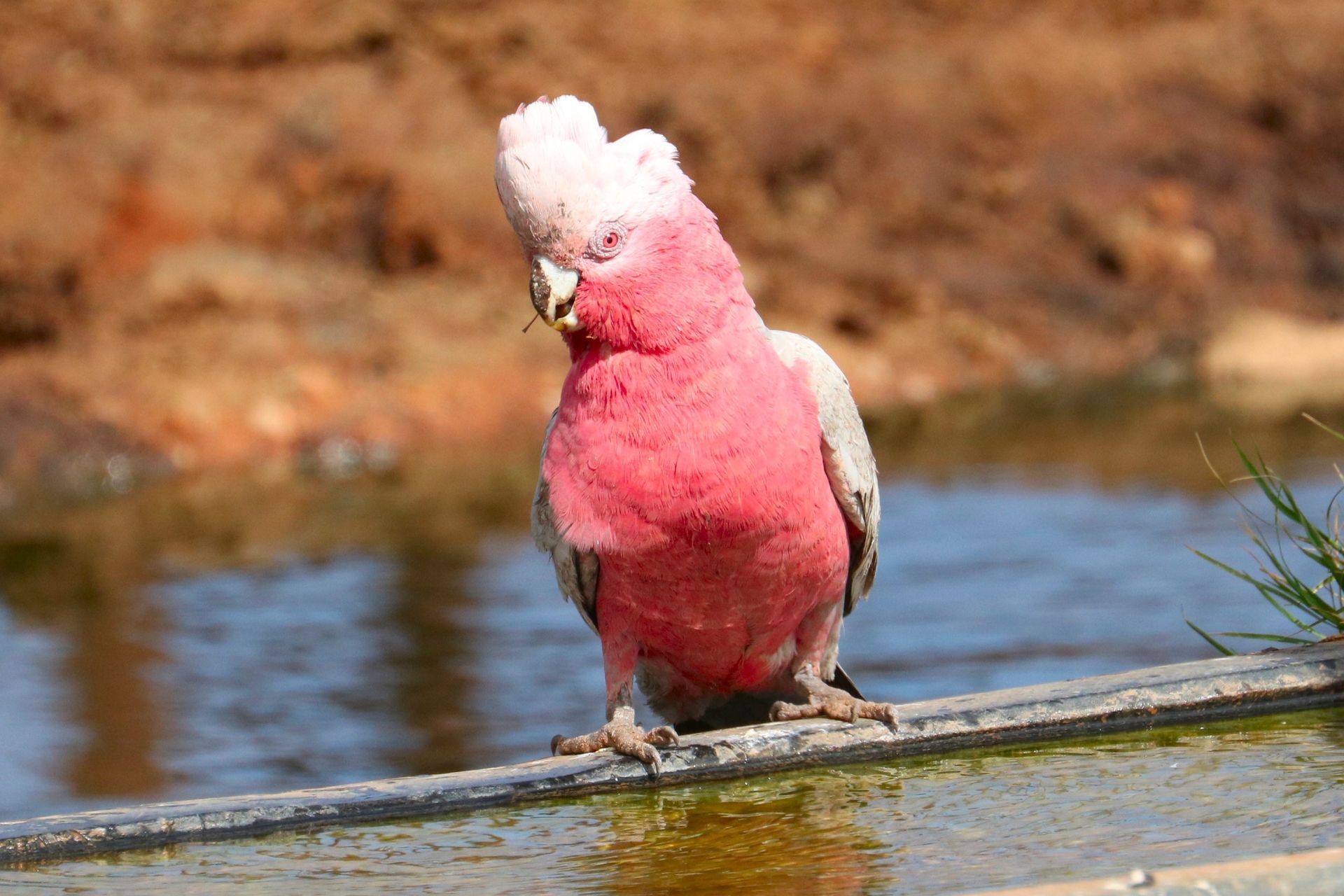
Slide title
Write your caption hereButton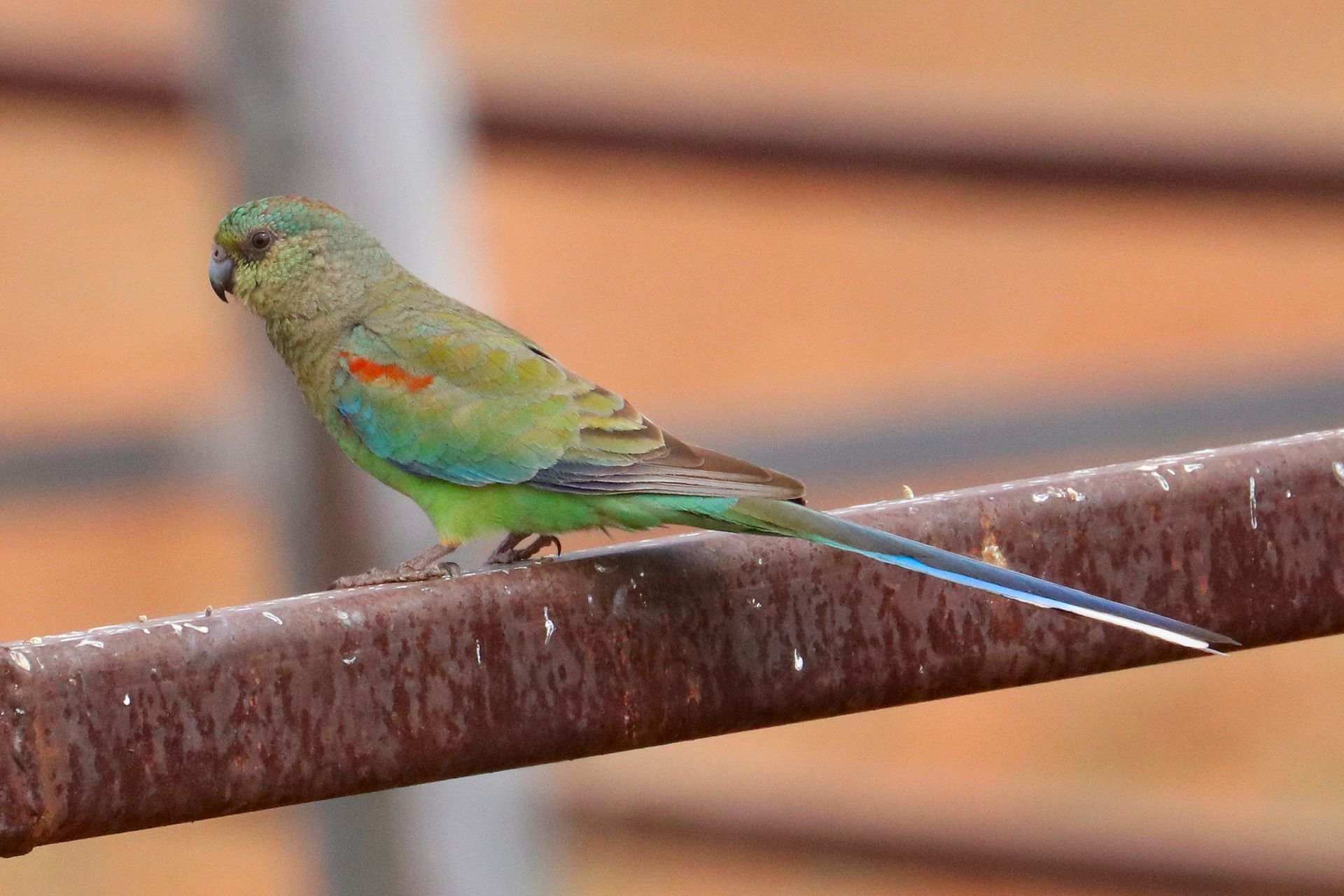
Slide title
Write your caption hereButton
Slide title
Write your caption hereButton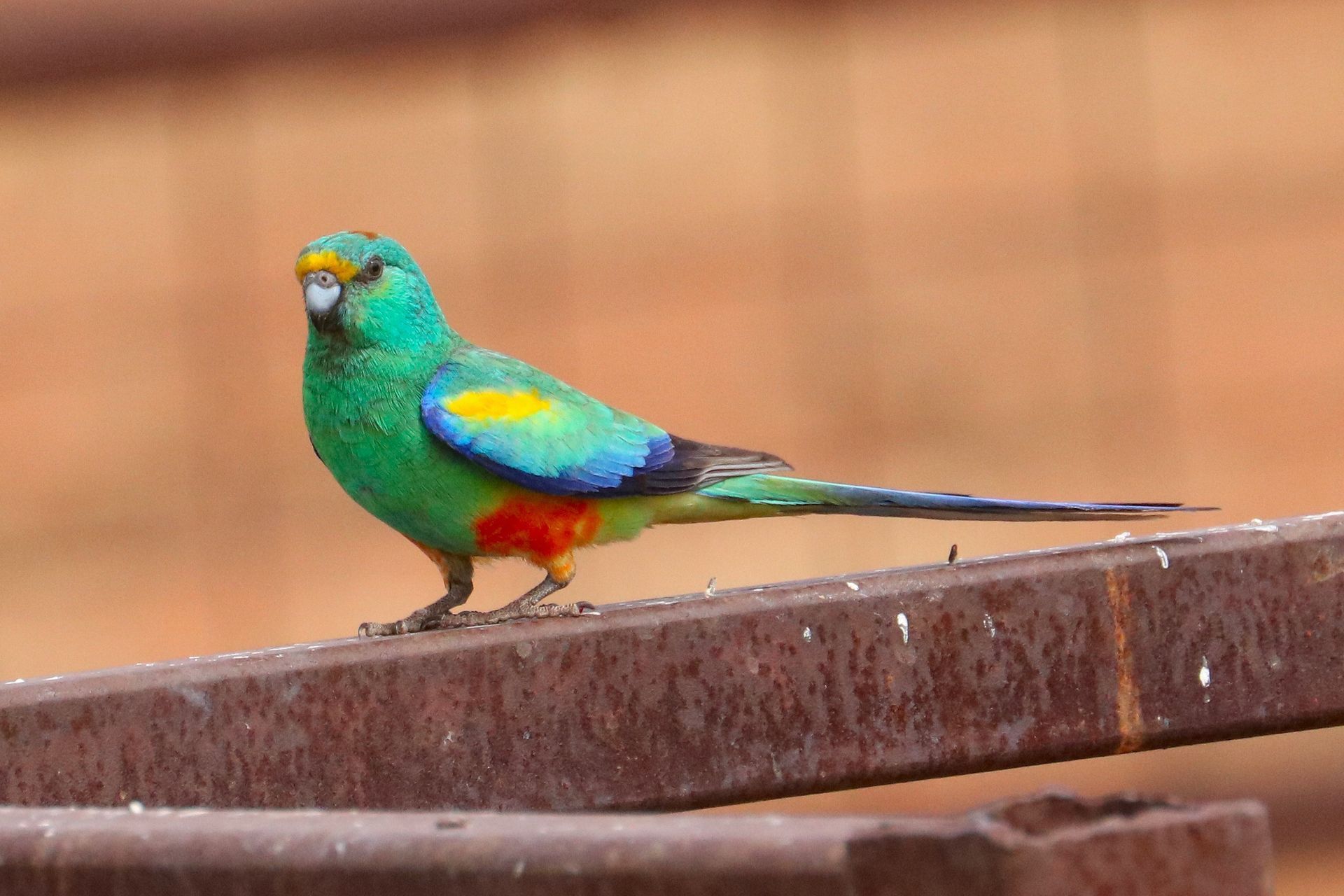
Slide title
Write your caption hereButton
Slide title
Write your caption hereButton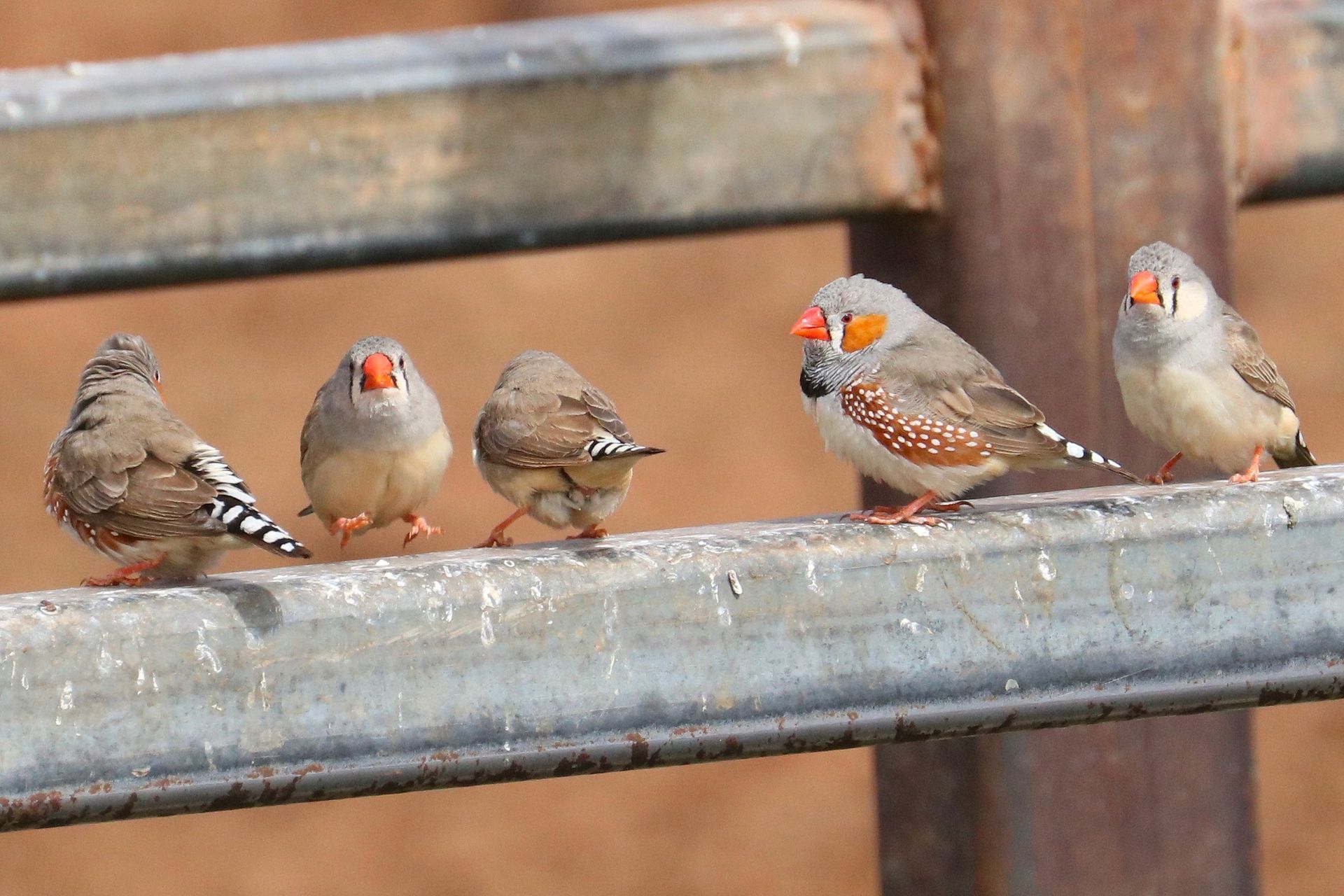
Slide title
Write your caption hereButton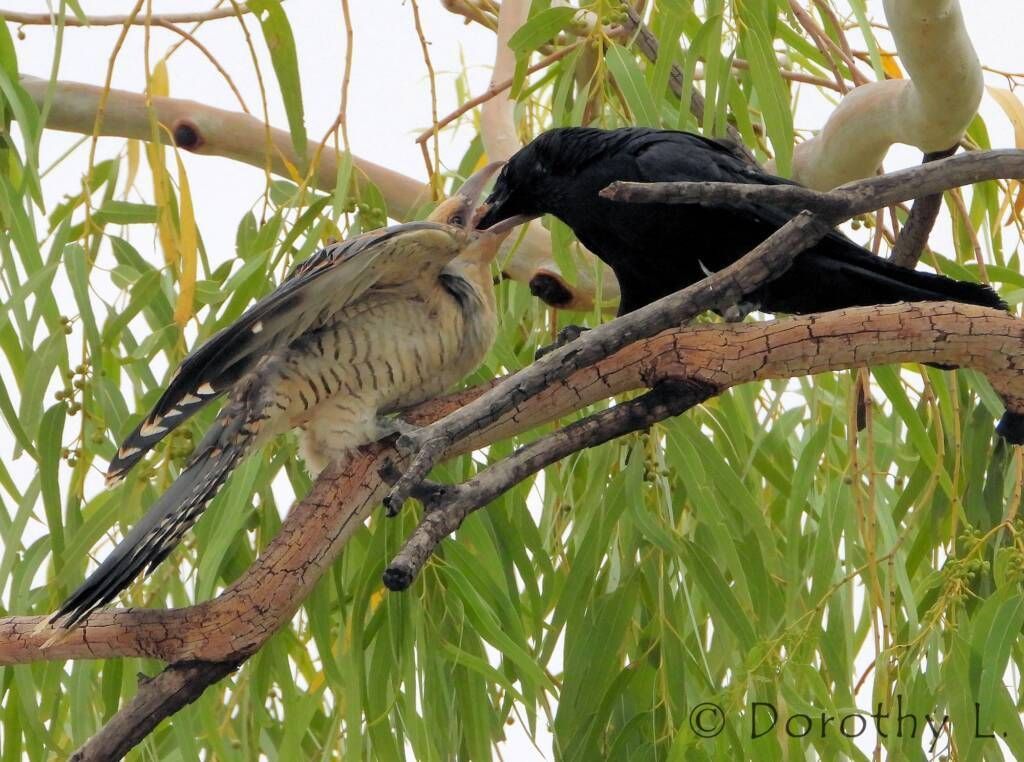
Slide title
Write your caption hereButton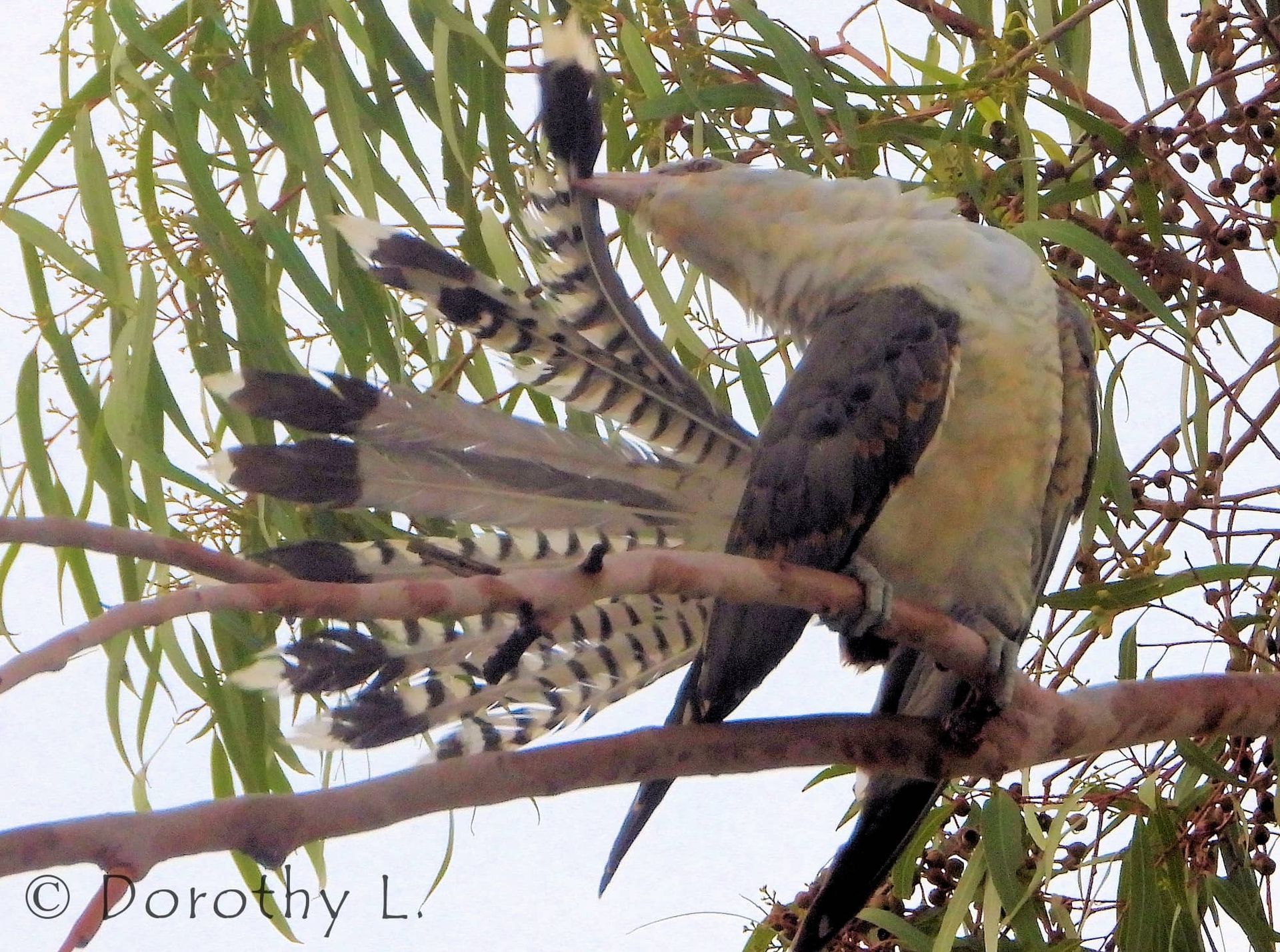
Slide title
Write your caption hereButton
Slide title
Write your caption hereButton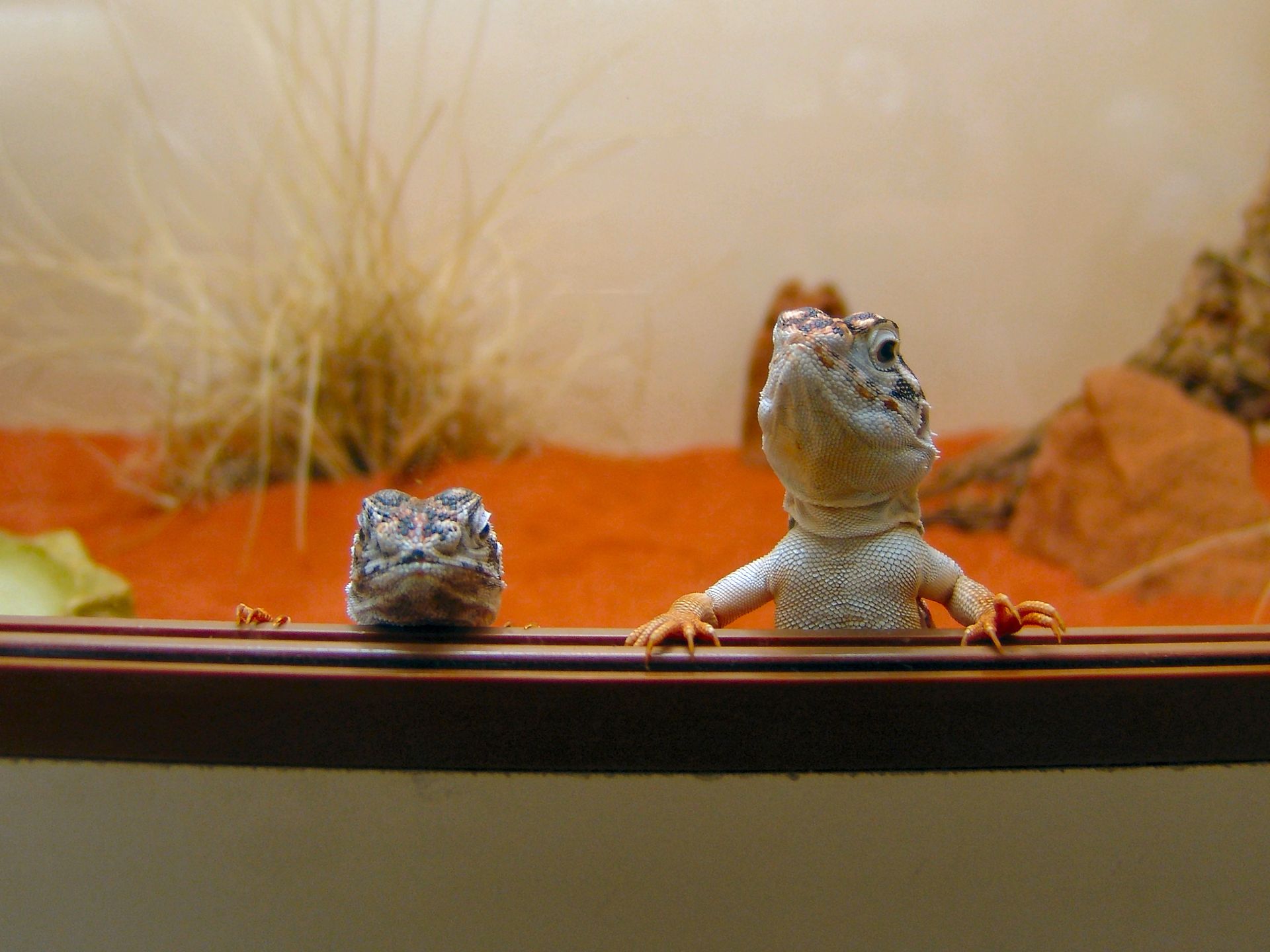
Slide title
Write your caption hereButton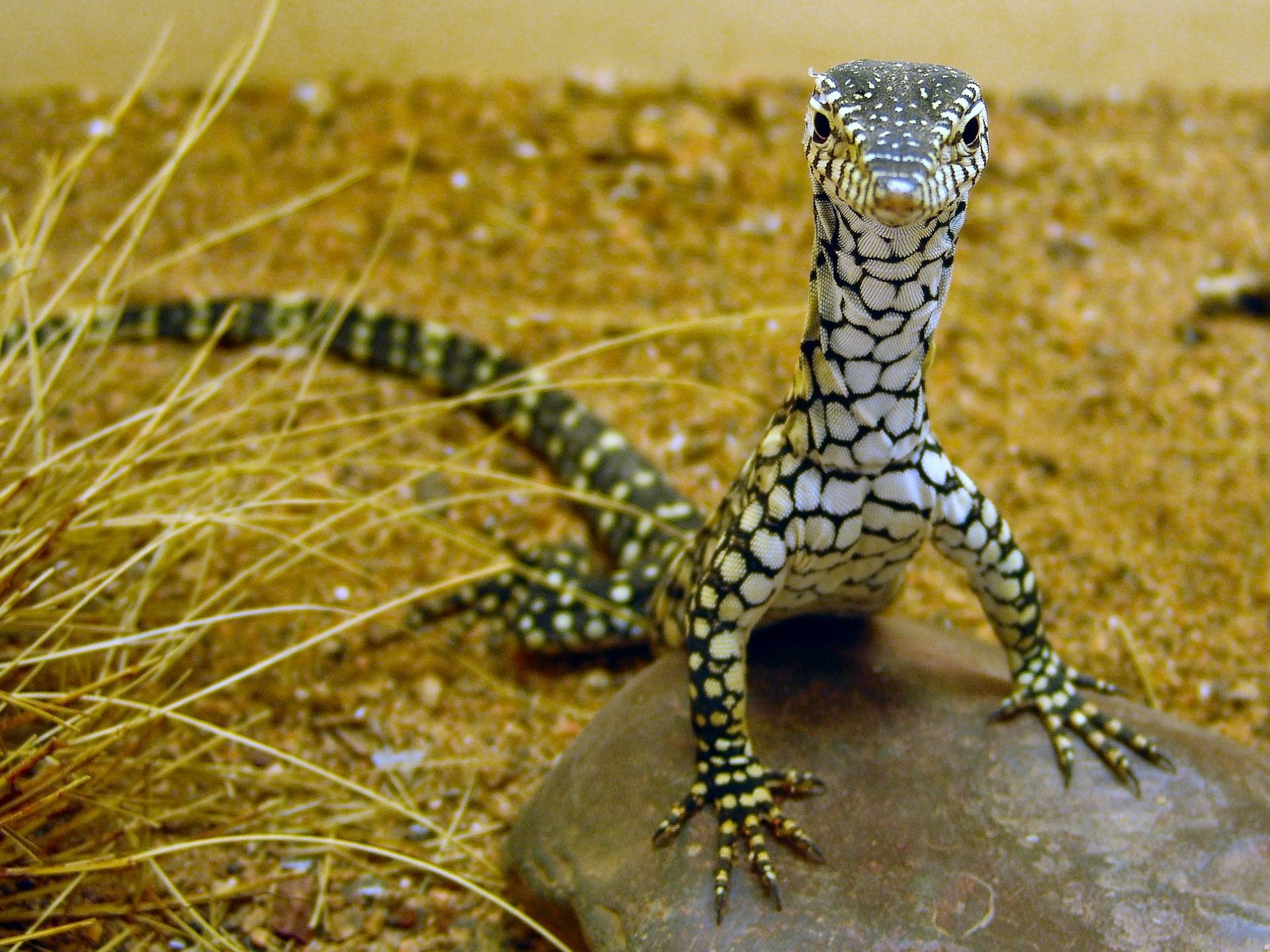
Slide title
Write your caption hereButton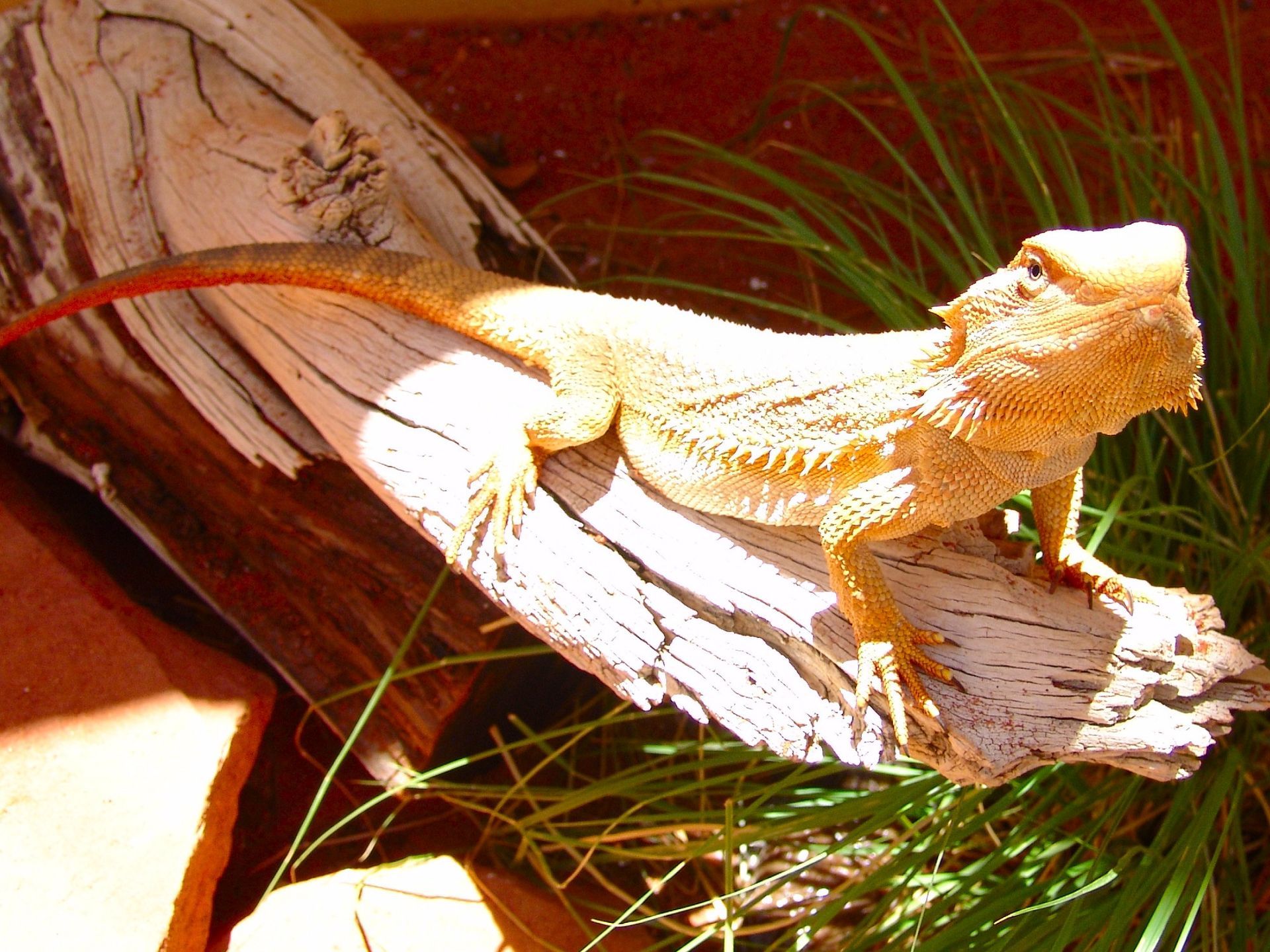
Slide title
Write your caption hereButton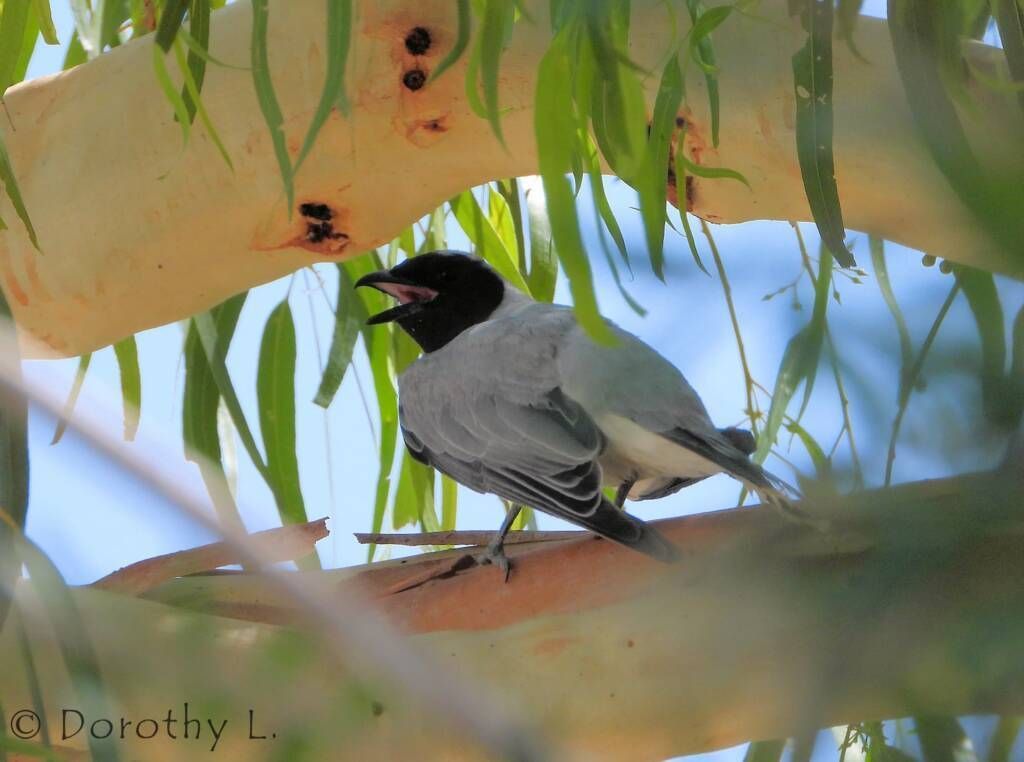
Slide title
Write your caption hereButton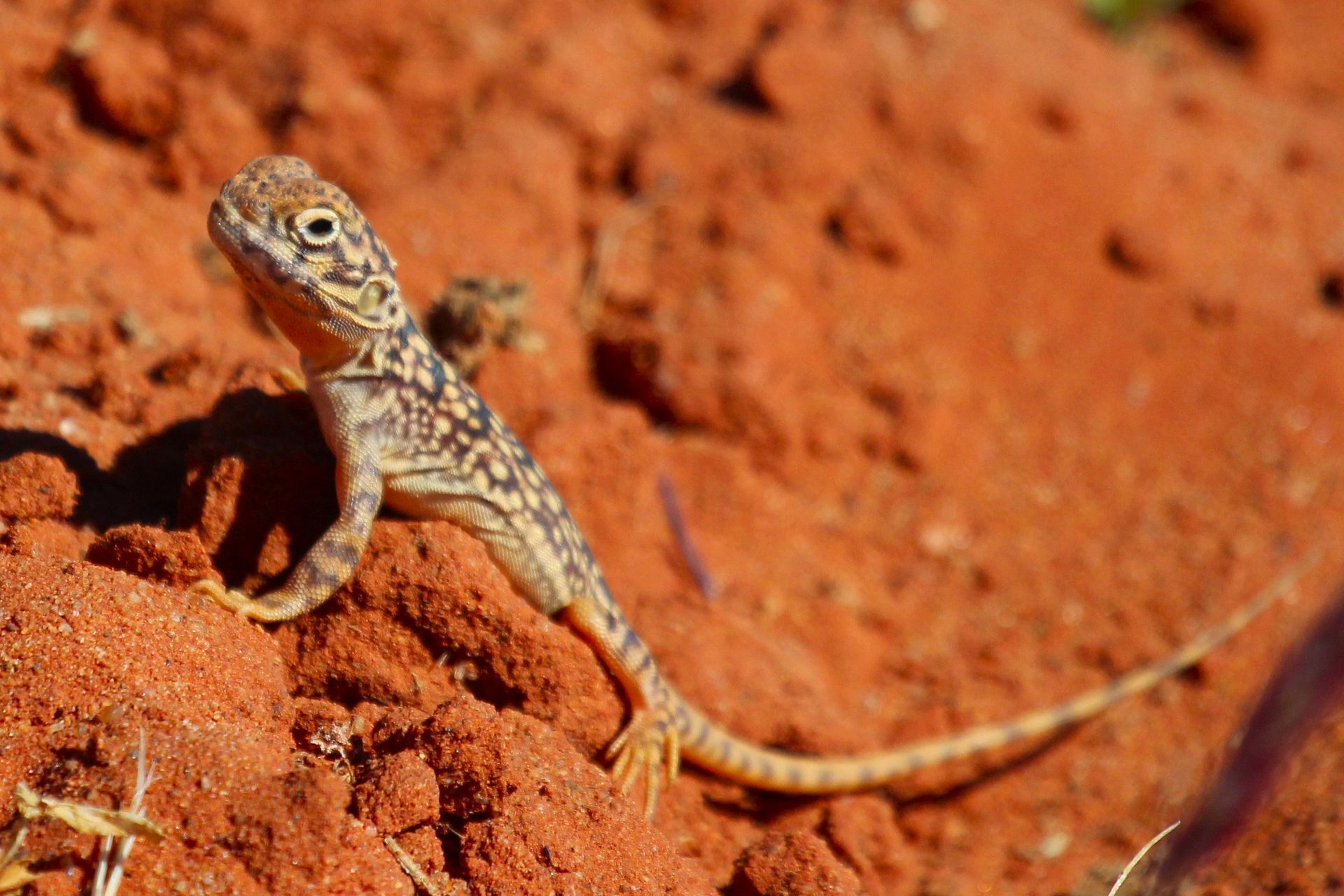
Slide title
Write your caption hereButton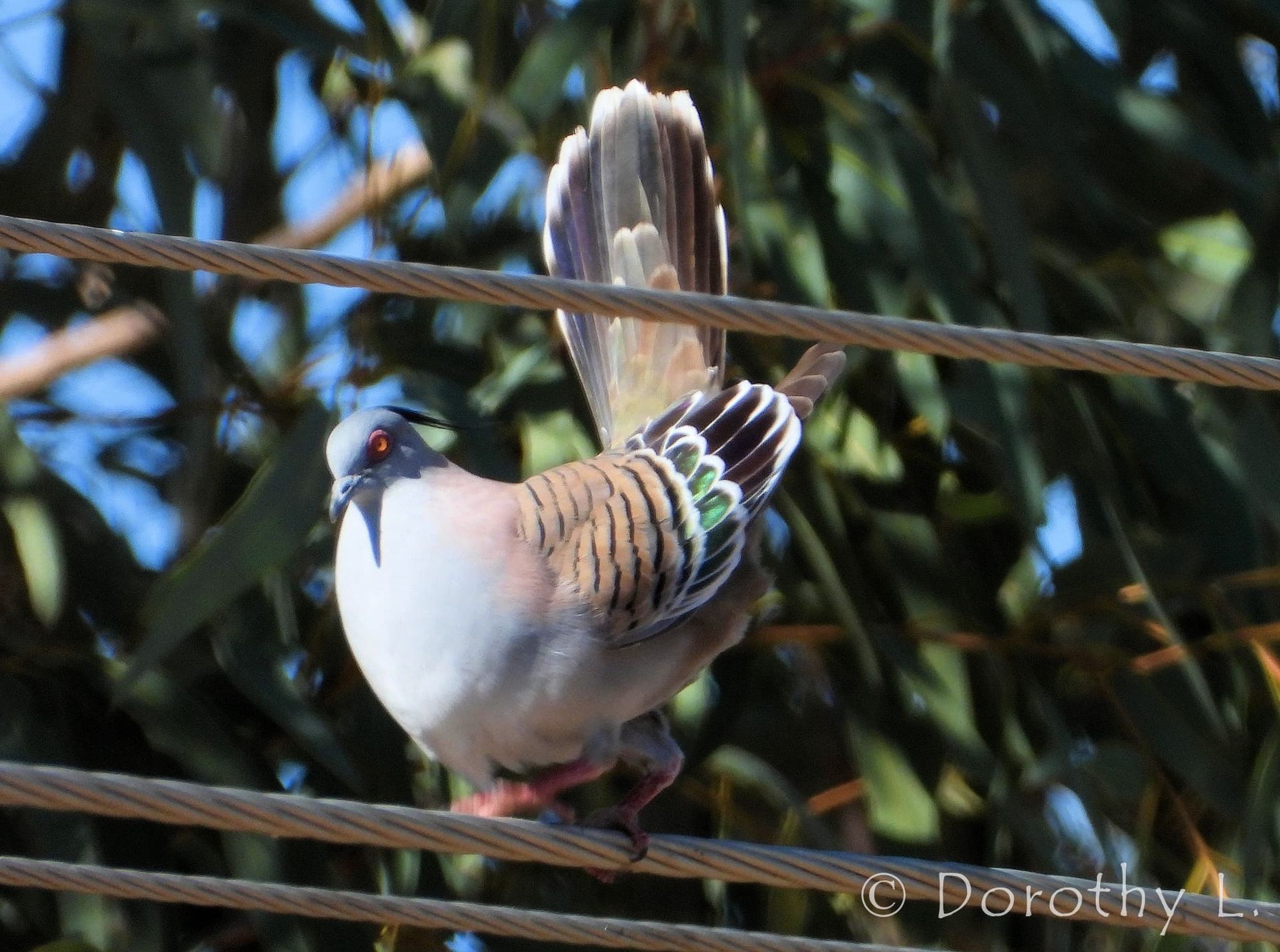
Slide title
Write your caption hereButton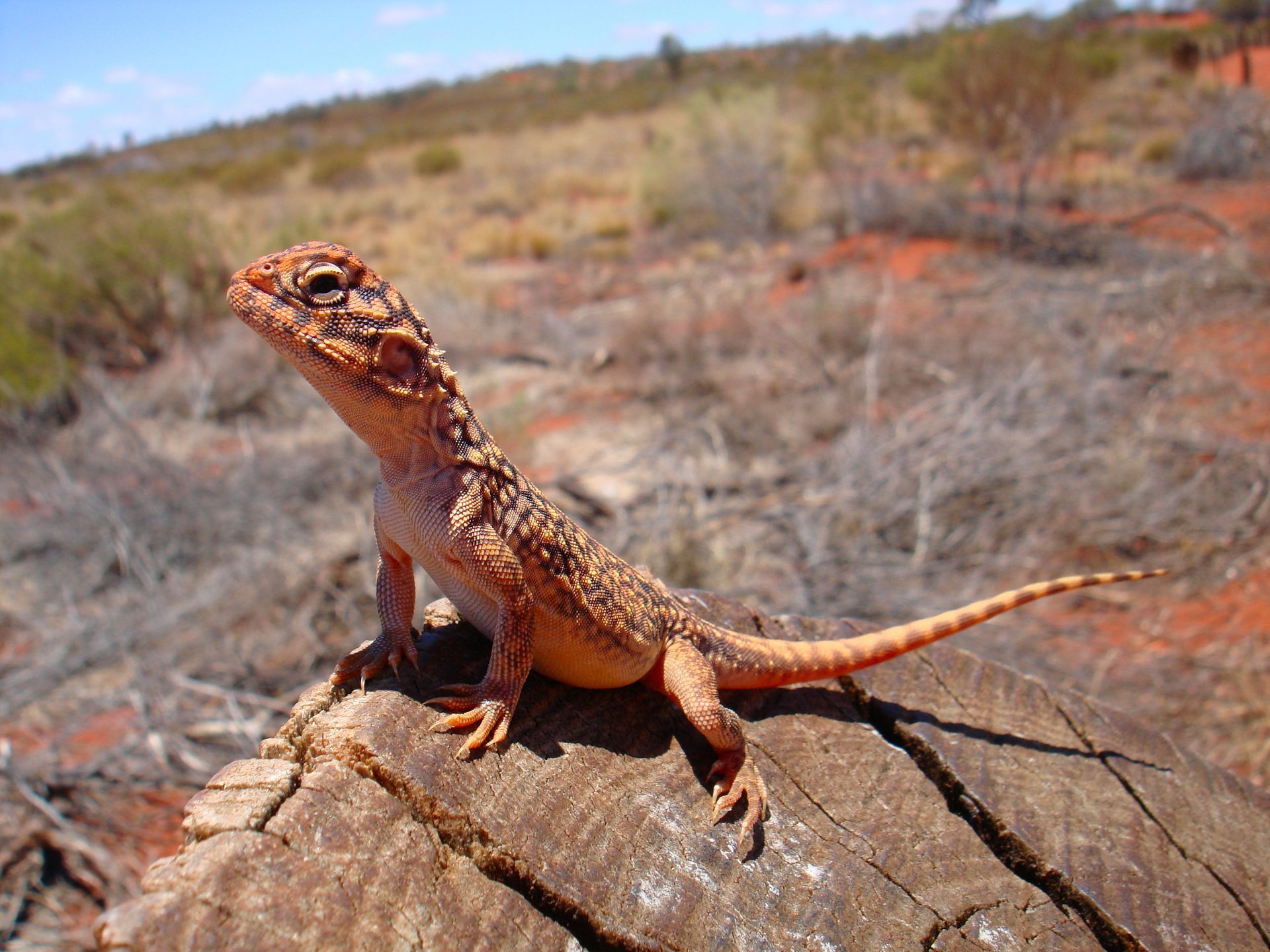
Slide title
Write your caption hereButton

Galah (Eolophus roseicapilla)
Easily recognised by its rose-pink head, neck and underparts, paler pink crown, and grey back, wings and undertail, the Galah was once confined to the open plains beyond the inland slopes of the Great Divide in eastern Australia, north of the Flinders Ranges in South Australia. With the changes in its habitat, they can be seen across a much wider area, now see in coastal regions and cities.
Galahs form permanent pair bonds and can also form huge noisy flocks, travelling large distances in search of favourable feeding grounds. Considered quite comical when they seem to be playing like swinging on telephone wires, the galahs can be sighted around Alice Springs, often seen foraging in open grassy areas or near open water sources.
Image © Dorothy Latimer

Red Kangaroo (Macropus rufus)
Kangaroos are one of those iconic images that international visitors love to see. Did you know that there are number of different types of kangaroos, ranging from the ‘Big Red’, through to our Euro and our even smaller Wallabies.
The ‘Red Kangaroo’ is the largest living marsupial in the world, the male ‘Red’ can weigh up to 85 kg. The official symbol of Australia, they are commonly found throughout central Australia, preferring to graze on open plains country rather than rocky hills. They are marvelously adapted to life in the arid region, existing in small numbers, unlike western Queensland and New South Wales, where they can be found in large mobs.
The male Red Kangaroo is rusty red in colour, whist the female kangaroo is actually a blue grey colour and is often mistaken for a Grey Kangaroo. Other features of a Red Kangaroo are the boxed shape head, white stripes on the sides of the muzzle, long pointed ears and heavy eyelids. The tail on a Red is light in colour to the rest of the body.
Red kangaroos can be seen at the Alice Springs Desert Park and the Kangaroo Sanctuary. Also check out the content and images from the Ausemade website Kangaroo, Wallaroo, Euro and Wallaby.
Image © Ausemade Pty Ltd

Common Wallaroo / Euro (Macropus robustus)
The Euro (also known as the Hills Wallaroo or Hills Kangaroo among other names) is found throughout much of mainland Australia. It is a variable species with at last four subspecies. The common feature among Euros and the Common Wallaroo in the Alice Springs region are the large erect ears. These Euros are common in the immediate Alice Springs area, and are often seen at the Alice Springs Telegraph Station in the early morning or late afternoon as well as the Olive Pink Botanic Garden.
Image © Ausemade Pty Ltd

Zebra Finch (Taeniopygia guttata)
The Zebra finches are small birds that are often seen in groups. Often living in harsh, arid and semi-arid habitats, that include a range of grasslands, scrubs and forests areas. They have adapted to humans, especially taking advantage of human-made watering holes and large patches of deforested land.
When the infrequent wet periods occurs, it is enough to send these birds into a breeding frenzy, when they rapidly build nests and raise broods of young in quick succession.
Mainly grey, with characteristic black ‘tear drop’ eye stripes and ‘zebra like’ black and white barring on the rump and upper tail, the Zebra Finch have reddish eyes and bill and the sides of the belly are chestnut with white spots. The male is distinguished from the female by its chestnut cheek patches.
Check out Ausemade information on the Zebra Finch.
Image © Dorothy Latimer

Galah (Eolophus roseicapilla)
Easily recognised by its rose-pink head, neck and underparts, paler pink crown, and grey back, wings and undertail, the Galah was once confined to the open plains beyond the inland slopes of the Great Divide in eastern Australia, north of the Flinders Ranges in South Australia. With the changes in its habitat, they can be seen across a much wider area, now see in coastal regions and cities.
Galahs form permanent pair bonds and can also form huge noisy flocks, travelling large distances in search of favourable feeding grounds. Considered quite comical when they seem to be playing like swinging on telephone wires, the galahs can be sighted around Alice Springs, often seen foraging in open grassy areas or near open water sources.
Image © Dorothy Latimer
Red Kangaroo (Macropus rufus)
Kangaroos are one of those iconic images that international visitors love to see. Did you know that there are number of different types of kangaroos, ranging from the ‘Big Red’, through to our Euro and our even smaller Wallabies.
The ‘Red Kangaroo’ is the largest living marsupial in the world, the male ‘Red’ can weigh up to 85 kg. The official symbol of Australia, they are commonly found throughout central Australia, preferring to graze on open plains country rather than rocky hills. They are marvelously adapted to life in the arid region, existing in small numbers, unlike western Queensland and New South Wales, where they can be found in large mobs.
The male Red Kangaroo is rusty red in colour, whist the female kangaroo is actually a blue grey colour and is often mistaken for a Grey Kangaroo. Other features of a Red Kangaroo are the boxed shape head, white stripes on the sides of the muzzle, long pointed ears and heavy eyelids. The tail on a Red is light in colour to the rest of the body.
Red kangaroos can be seen at the Alice Springs Desert Park and the Kangaroo Sanctuary. Also check out the content and images from the Ausemade website Kangaroo, Wallaroo, Euro and Wallaby.
Image © Ausemade Pty Ltd


Common Wallaroo / Euro (Macropus robustus)
The Euro (also known as the Hills Wallaroo or Hills Kangaroo among other names) is found throughout much of mainland Australia. It is a variable species with at last four subspecies. The common feature among Euros and the Common Wallaroo in the Alice Springs region are the large erect ears. These Euros are common in the immediate Alice Springs area, and are often seen at the Alice Springs Telegraph Station in the early morning or late afternoon as well as the Olive Pink Botanic Garden.
Image © Ausemade Pty Ltd
Zebra Finch (Taeniopygia guttata)
The Zebra finches are small birds that are often seen in groups. Often living in harsh, arid and semi-arid habitats, that include a range of grasslands, scrubs and forests areas. They have adapted to humans, especially taking advantage of human-made watering holes and large patches of deforested land.
When the infrequent wet periods occurs, it is enough to send these birds into a breeding frenzy, when they rapidly build nests and raise broods of young in quick succession.
Mainly grey, with characteristic black ‘tear drop’ eye stripes and ‘zebra like’ black and white barring on the rump and upper tail, the Zebra Finch have reddish eyes and bill and the sides of the belly are chestnut with white spots. The male is distinguished from the female by its chestnut cheek patches.
Check out Ausemade information on the Zebra Finch.
Image © Dorothy Latimer


Mulga Parrot (Psephotus varius)
The Mulga Parrot is endemic to the arid scrublands, that include mulga habitat, eucalypts and lightly timbered grassland of southern and Central Australia. They are usually seen flying swiftly and close to the ground, with a slightly undulating flight. They fan their tails when they land. The word ‘Psephotus’ means ‘inlaid with small pebbles’, referring to the mosaic-like cheek feathers of these small parrots.
The males are brightly coloured (bright green with patches of red and yellow), whilst the females are an olive-green with duller patches. They are often found as pairs, although they do join small groups at food and water sources. They feed on grasses, fruits of herbs and low-growing annual in arid regions, especially where there is salt bushes, as they feed on the saltbush seed.
Image © Dorothy Latimer
Western Bowerbird (Chlamydera guttata)
Found throughout the desert region of the Central Northern Territory and north-west region of Western Australia, the Western Bowerbird is found mainly near sources of permanent waterholes. Usually inhabiting gorges and rocky hills in the semi-arid regions where native figs are found. Some species have adapted to areas with dry, open scrub and woodland. Many of the home gardens in Alice Springs have visits from the Western Bowerbird (including Vatu Sanctuary), recognised by their loud harsh call, that is quite distinctive. When the male bird is displaying in the bower, the calls will vary to a churring, grinding sound, with some sounding similar to a feral cat.
The male Western Bowerbird has a characteristic erectile iridescent lilac/pink nape crest, which is smaller in the female who has less of a marked pink crest. The immature bird lacks the crest.
The male bower bird will create a bower and decorates it with a range of found items to seduce the female with. The Western Bowerbird tends to collect green and white items such as the native fig and other berries. Collected white items can include small stones and pebbles, bits of white plastics, bone fragments, and white shells. The bower may be used for a number of years, then when a new bower is created, they recycle the material from the old bower, unless the items are stolen by rival male bower birds.
Other places you may see the Western Bower bird include the Olive Pink Botanic Garden and the Alice Springs Desert Park.
Ausemade have a great section on the native Western Bowerbird, including their blog Treasures of our Western Bowerbird.
Image © Ausemade Pty Ltd


Central Netted Dragon (Ctenophorus nuchalis)
This reptile is quite noticeable in central Australia, being able to live in a range of habitats from arid to semi-arid, even extremely degraded areas. It can be found living by highways, where it devours the endless supply of insects hit by passing vehicles, as well as leaves and flowers of small herbaceous plants.
They seem to favour basking on fence post, tree stumps and rocks that provide them with an elevated viewing of their surrounds, but they do retreat to burrows to cool off when there is excessive heat.
This lizard has a roundish head, and blunt snout, short limbs, with small spiny nuchal crest. It has a row of enlarged scales curves under the eye. It ranges in colouration from pale cream to pale reddish-brown, orange-brown body. It has dark-brown, reticulated (net-like) over its head and body. There is a narrow vertebral stripe along the body length. Whilst they can survive 5 to 6 years in captivity, they are normally short-lived and in the wild some males will only live 12-18 months.
More information on the Ausemade website about the Central Netted Dragon.
Image © Greg Sully
Grey-crowned Babbler (Pomatostomus temporalis)
The Grey-crowned Babblers are highly gregarious, communal birds, often in noisy family groups and making great joyful sounds. Foraging among leaf litter, inspecting the bark of trees for insects, the Babblers can be seen throughout Central Australia, especially in open forest and woodland scrub.They build conspicuous dome-shaped nests and live in groups of up to 13 or more members. You can often see them along the scenic drives of the MacDonnell Ranges, in reserves, park lands in and around Alice Springs including the Olive Pink Botanic Garden and the Alice Springs Desert Park.
There are a couple of great sounds bites of the Babbler on Graeme Chapman site.
More information on the Ausemade website about the Grey-crowned Babbler, including some images of the Babbler taken at Vatu Sanctuary.
Image © Dorothy Latimer


Mulga Parrot (Psephotus varius)
The Mulga Parrot is endemic to the arid scrublands, that include mulga habitat, eucalypts and lightly timbered grassland of southern and Central Australia. They are usually seen flying swiftly and close to the ground, with a slightly undulating flight. They fan their tails when they land. The word ‘Psephotus’ means ‘inlaid with small pebbles’, referring to the mosaic-like cheek feathers of these small parrots.
The males are brightly coloured (bright green with patches of red and yellow), whilst the females are an olive-green with duller patches. They are often found as pairs, although they do join small groups at food and water sources. They feed on grasses, fruits of herbs and low-growing annual in arid regions, especially where there is salt bushes, as they feed on the saltbush seed.
Image © Dorothy Latimer

Western Bowerbird (Chlamydera guttata)
Found throughout the desert region of the Central Northern Territory and north-west region of Western Australia, the Western Bowerbird is found mainly near sources of permanent waterholes. Usually inhabiting gorges and rocky hills in the semi-arid regions where native figs are found. Some species have adapted to areas with dry, open scrub and woodland. Many of the home gardens in Alice Springs have visits from the Western Bowerbird (including Vatu Sanctuary), recognised by their loud harsh call, that is quite distinctive. When the male bird is displaying in the bower, the calls will vary to a churring, grinding sound, with some sounding similar to a feral cat.
The male Western Bowerbird has a characteristic erectile iridescent lilac/pink nape crest, which is smaller in the female who has less of a marked pink crest. The immature bird lacks the crest.
The male bower bird will create a bower and decorates it with a range of found items to seduce the female with. The Western Bowerbird tends to collect green and white items such as the native fig and other berries. Collected white items can include small stones and pebbles, bits of white plastics, bone fragments, and white shells. The bower may be used for a number of years, then when a new bower is created, they recycle the material from the old bower, unless the items are stolen by rival male bower birds.
Other places you may see the Western Bower bird include the Olive Pink Botanic Garden and the Alice Springs Desert Park.
Ausemade have a great section on the native Western Bowerbird, including their blog Treasures of our Western Bowerbird.
Image © Ausemade Pty Ltd

Central Netted Dragon (Ctenophorus nuchalis)
This reptile is quite noticeable in central Australia, being able to live in a range of habitats from arid to semi-arid, even extremely degraded areas. It can be found living by highways, where it devours the endless supply of insects hit by passing vehicles, as well as leaves and flowers of small herbaceous plants.
They seem to favour basking on fence post, tree stumps and rocks that provide them with an elevated viewing of their surrounds, but they do retreat to burrows to cool off when there is excessive heat.
This lizard has a roundish head, and blunt snout, short limbs, with small spiny nuchal crest. It has a row of enlarged scales curves under the eye. It ranges in colouration from pale cream to pale reddish-brown, orange-brown body. It has dark-brown, reticulated (net-like) over its head and body. There is a narrow vertebral stripe along the body length. Whilst they can survive 5 to 6 years in captivity, they are normally short-lived and in the wild some males will only live 12-18 months.
More information on the Ausemade website about the Central Netted Dragon.
Image © Greg Sully

Grey-crowned Babbler (Pomatostomus temporalis)
The Grey-crowned Babblers are highly gregarious, communal birds, often in noisy family groups and making great joyful sounds. Foraging among leaf litter, inspecting the bark of trees for insects, the Babblers can be seen throughout Central Australia, especially in open forest and woodland scrub.They build conspicuous dome-shaped nests and live in groups of up to 13 or more members. You can often see them along the scenic drives of the MacDonnell Ranges, in reserves, park lands in and around Alice Springs including the Olive Pink Botanic Garden and the Alice Springs Desert Park.
There are a couple of great sounds bites of the Babbler on Graeme Chapman site.
More information on the Ausemade website about the Grey-crowned Babbler, including some images of the Babbler taken at Vatu Sanctuary.
Image © Dorothy Latimer
Central Australia is well known as a bird watchers destination. For those planning to do do some bird watching, following are some online resources:
- Guide to Finding Birds Around Alice Springs - Laurie Ross
- Alice Springs Field Naturalists Club - Birds in the Centre
- Birding and Wildlife.com - Mark Carter
- Bird Watching - Power and Water Corporation
managed by PowerWater the Ilparpa Swamp and adjacent sewerage ponds is a permanent site and home to a variety of birds, playing an important staging point for migratory birds on their way across Australia and overseas. The waste stabilisation ponds cover about 130 hectares of land, and is a protected area. The Ilparpa Ponds is spectacular, with many rare species gathering around this body of water. Purpose built bird nesting islands, as well as a bird screen and interpretive signs have also been constructed at this site. Information and a downloadable map is available from the PowerWater site. - Snapshots: Birds of a Feather - bird sighting in Alice Springs / Central Australia.


